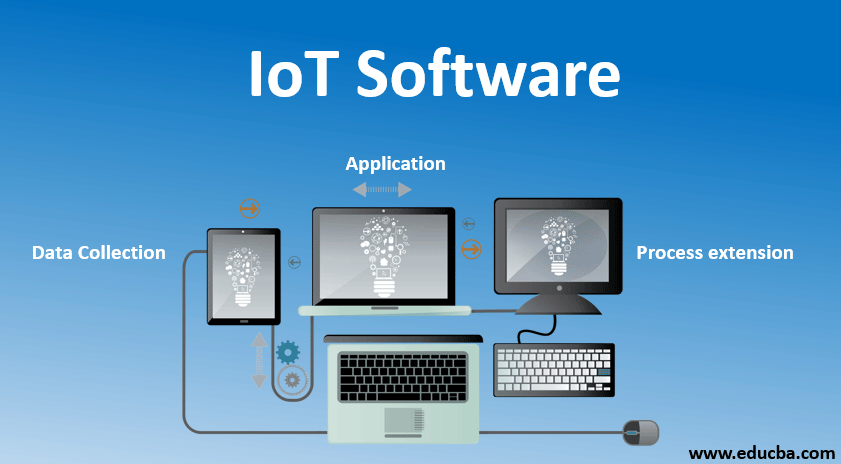

It helps to create a trustworthy digital identity for the user and launch a safe transaction channel for the banks. This type of technology is perfect for trading and payment services providers. From cryptocurrency exchange services like Coinbase to trading and investment platforms like Circle blockchain solutions are widely used in FinTech products.īlockchain solutions can be leveraged by many companies on the financial services market as it’s truly multifunctional. This type of technology has proven to be safe, decentralized, and quick when it comes to processing payments. As a report by Statista claims, by 2023 the global banking apps revenue will reach US $935 billion.īlockchain is no longer new to the financial market. Digital banking hasn’t reached its peak yet.ĭigital banking has some well-established and trusted brands but the market is still open for new players. Cardless payments, the golden age of digital-only banks, adoption of voice technologies, micro personalization, and much more. Online/mobile banking may be a common thing now but it has a lot of room to grow. Both Millenials and Gen Z have spent most of their lives interacting with technology and do not have trouble picking up new tech trends in banking. Today people appreciate digital banking as it’s fast, efficient, and saves time and nerves. It took quite a bit of time for people to understand that digital money has the same value as cash and that paying with the help of smartphones or wearables is not risky but comfortable. The general public is always suspicious of innovations.

Why is it profitable from a business perspective? JPMorgan Chase, UBS, NAB, Barclays - they all offer comprehensive digital banking services. Today it’s hard to name a somewhat trustworthy bank without a functional app. After that mobile banking apps came into the mix and it became clear that digital banking is a gamechanger to the financial industry in the XXIst century. The first online banking systems appeared in the mid-90s (Wells Fargo, Presidential Bank, Bank of Internet USA, etc.) and dominated the industry for over a decade. Online banking solutions (both web and mobile) allow the customers to access their accounts and perform various financial operations remotely via a chosen device. It is fair to start with the most popular type of financial technology software.
#WHAT IS KEYLIGHT SOFTWARE SOFTWARE#
Now that we got the basics out of the way, let’s dive into the most promising types of FinTech software focusing on why and how those can elevate modern business. P2P, payment processing solutions, digital wallets, payment gateways etc.) The most profitable types of FinTech soft in 2021 The others are more comfortable with defining each type of payment solution as a single category (e.g.

For example, some consider PayTech a FinTech category implying it includes all types of payment solutions. There also are many different typologies and approaches to defining FinTech categories. It’s obligatory to mention that there are more types of FinTech solutions than the ones listed above. Top-10 most popular types of financial technology you should consider in 2021:

FinTech is on the rise because people love it! From P2P money transferring services and quick online loans to piggy banks on the smartphone and mining Bitcoins - it’s all financial technology we’re used to. This industry is so far-reaching and fast-evolving that, according to a report by Statista, the number of FinTech startups has already exceeded 25k in 2021.Īnd this fact is very easy to explain. It also covers many other industries, including insurance, lending and mortgage, asset and risk management, security, and more. Modern FinTech is not exclusively limited to banking software (even though online banking is a significant part). So what is this concept that has always been there but is often portrayed as the future of business? To keep it short, FinTech is a contraction of the words “financial” and “technology.” Hence, “FinTech soft” is an umbrella term uniting all types of solutions intended to enhance and streamline the delivery of all kinds of financial services. Sure it wasn’t the online banking we know and love today with all of the fancy apps and instant transactions, but it still was there, and it was “the early FinTech.” For example, online banking was utilized even in the 80s. It may seem that “FinTech” is a buzzword that first appeared only a couple of decades ago, at the beginning of the XXIst century, but it has a much longer history.


 0 kommentar(er)
0 kommentar(er)
